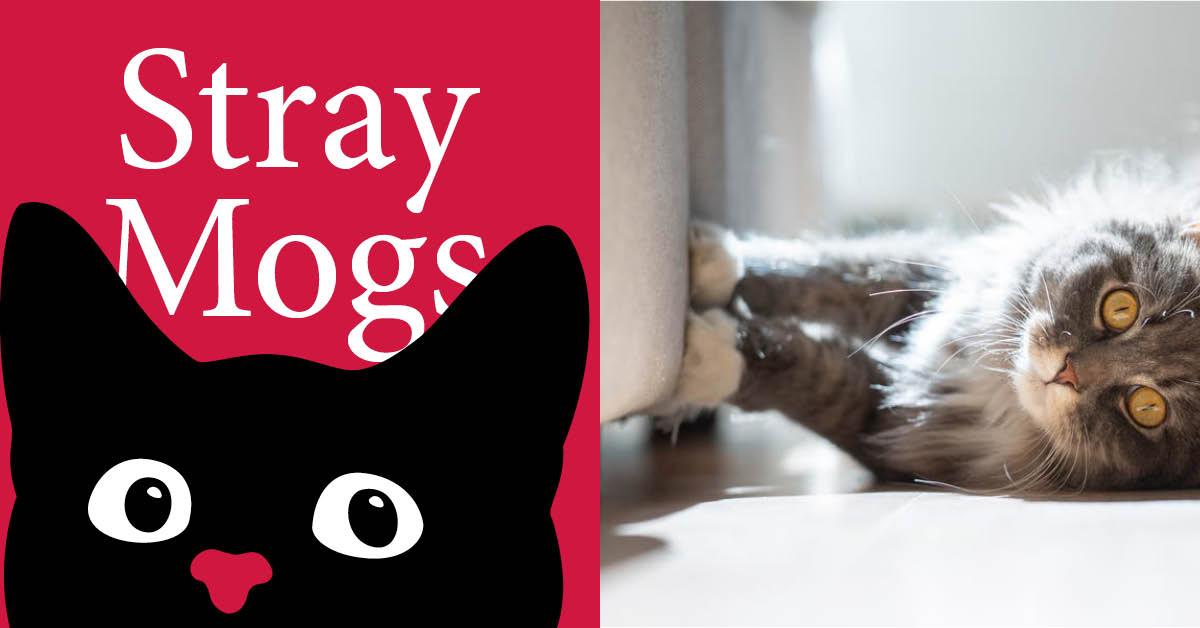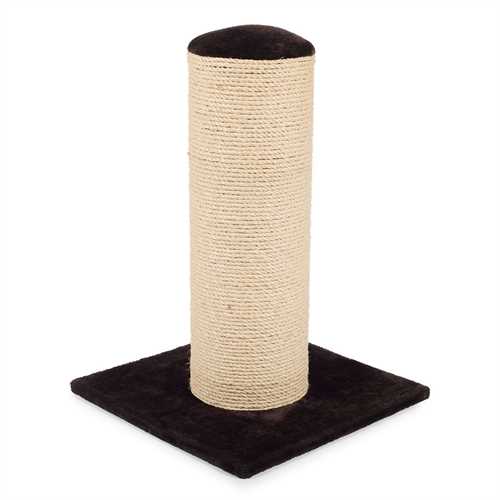Subscribe to trusted local news
In a time of both misinformation and too much information, quality journalism is more crucial than ever. By subscribing, you can help us get the story right.
- Subscription costs less than £1 a week with an annual plan.
Already a subscriber? Log in here.
08
Aug 2021
Stray Mogs: helping cats who scratch

 Sue Hartley has a background in psychology and clinical animal behaviour and has been helping cats for over 10 years. Through a successful cat care business, volunteering with Cats Protection, as the Feline Welfare Manager at Battersea Dogs and Cats Home in London and now as a cat behaviourist in Harrogate through her business The Understood Cat.
Sue Hartley has a background in psychology and clinical animal behaviour and has been helping cats for over 10 years. Through a successful cat care business, volunteering with Cats Protection, as the Feline Welfare Manager at Battersea Dogs and Cats Home in London and now as a cat behaviourist in Harrogate through her business The Understood Cat.
The PDSA’s latest PAW Report on the wellbeing of our furry companions rates furniture scratching as the top ‘anti-social’ feline behaviour. The trouble is, scratching’s an important business for cats. It gives their claws and limbs a good workout and helps them ‘mark’ their territory through leaving scent and visual marks, so it’s a communication thing too, and may also be important for stress reduction.
Look at where your cat is scratching around your home to give you an idea of whether they prefer to scratch vertically, horizontally or both. Give your cat good quality posts, mats and pads to scratch on so they don’t need to take an interest in your new sofa, favourite chair or the carpet. Scratching posts should be tall, sturdy and stable, and covered in material like sisal to give your cat something to get their claws stuck in to. Alternatively, securely fix a coir mat to a wall to save space and money. For horizontal scratching, go for a pad, mat or scratching box large enough for your cat to sit on and scratch at the same time. When I worked at Battersea Dogs and Cats Home, our cats loved scratching on carpet squares that are inexpensive and don’t take up a lot of space.
Scratching posts should be tall, sturdy and stable, and covered in material like sisal to give your cat something to get their claws stuck in to. Alternatively, securely fix a coir mat to a wall to save space and money. For horizontal scratching, go for a pad, mat or scratching box large enough for your cat to sit on and scratch at the same time. When I worked at Battersea Dogs and Cats Home, our cats loved scratching on carpet squares that are inexpensive and don’t take up a lot of space.
Help your cat fall in love with a new ‘scratcher’ by roughing it up a bit with the tip of a screw or wire brush. Play with your cat around the post or pop some ‘catnip’ on it to get your cat ‘in the mood’ – some cats get a bit over excited by catnip though so take care.
Place the new post or pad near to where your cat is currently scratching and protect the area so it’s not as easy or enjoyable for them to scratch. Cover sofas or chairs with a loose throw or safely place a pile of books over any carpet being scratched – anything you’re happy to leave there temporarily. If this doesn’t deter your determined feline, cover the area with cling film or plastic. Double-sided sticky tape is an option but press your fingers against the tape a few times to reduce its stickiness – the idea is to make it inconvenient for your cat to scratch there but without hurting or frightening them.
Wait until your cat is regularly using any new scratcher before relocating it – move it gradually, only a few inches a day. Add other posts or pads in places that are ‘strategic’ from a cat’s perspective, like entrances to the home, internal doorways, their beds and food, or tops and bottoms of stairs.
I helped a cat recently who had taken to urine marking (sometimes called ‘spraying) inside his home as he was really unsettled by the presence of other cats in his garden and near the home – one had managed to get into the house through the cat flap. In addition to installing a microchip-controlled cat flap so other cats couldn’t access the home, we encouraged him to ‘mark’ in other ways inside the home through face rubbing and scratching. We made sure he had lots of good quality options for scratching that we felt would work for him and carefully placed them so he could make territorial marks and leave his scent in places important to him.
Another client who I worked with recently had a cat who hadn’t had the best start in life and was finding it difficult to settle and relax in her new home. A key part of our plan to support her involved ensuring she felt safe and secure – a priority for such a self-reliant species. We created a ‘kitty safe space’, containing everything she needed including places to hide and horizontal and vertical places to scratch so she could deposit her familiar scent so that it started to ‘smell like home’.
Sometimes a cat scratches the sofa or the carpet as the behaviour gets a response from their humans. If you think your cat may be scratching to get your attention, this may need a different approach so please seek help from an appropriately qualified cat behaviourist.
Read More:
- Stray Mogs: Explaining a cat’s ‘If it fits, I sits’ mentality
- Emotional Harrogate reunion for Puss the cat and her Scottish owners
0